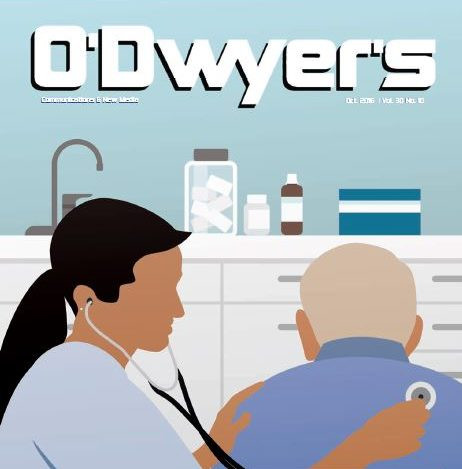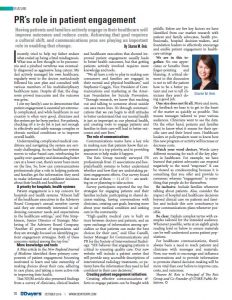Introducing…You
Introducing yourself in a meeting seems easy enough. Then why do so many people fail to make the most of it, and sometimes even leave a bad impression? Some people talk incessantly about all their experience and accomplishments in what ends up putting off rather than impressing their listeners. Others give only the bare minimum, stating their name and organization so quickly or meekly that if you don’t pay close attention, you just might miss it.
The way you go about introducing yourself is essential for establishing not only your expertise and credibility, but also your all-important likeability.
I am a stickler for short introductions that convey just the needed information, but I wasn’t always that way. Early in my career, I took part in an important presentation that had the potential to be really, really successful, but ended up being very, very bad. Terribly disappointed, I was determined to learn from it.
It was one of my first new-business presentations at a new agency. Our team had drafted a very strong proposal, made it to the finals, and were competing against one other firm. We were given 45 minutes to present our recommendations, and we brought a five-person team. Three of my senior colleagues spent a solid 20 minutes introducing themselves. This was not part of the plan, but their nervous energy got the best of them. And, since the first person gave their entire work history, the second person felt compelled to follow suit. These inflated introductions left very little time to present the meat of the proposal, and it gave exactly the wrong impression. The team came off as arrogant and boastful, talking all about themselves, rather than conveying competence and capability, focusing on client needs. Long story short, we lost the business. In fact, the potential client told us that while we had the best proposal, by far, the presentation just did not support it. That defeat left a huge impression on me.
Below are a few tips to consider next time you need to introduce yourself.
- Short and sweet is best. An introduction doesn’t need to last more than one minute, and depending on the circumstances, getting it done in 30 seconds might be even better. Start, but don’t end, with the obvious: name, title and organization.
- Focus on your role. This is where people often get lost. After introducing yourself, immediately pivot to your role in the meeting. Are you leading, taking notes, facilitating a section, or learning as much as you can about an organization or issue?
- Highlight your specific area of expertise. You may be an expert in many things, but the people in the room want to know why you’ve been asked to attend this specific meeting, and how you are going to contribute to this specific discussion. In other words, what do you bring to the table that others around the room will value? This could include a case study or an example of your prior work, but it should be brief and focused.
- Share your excitement. If you are happy to be at the meeting, then say so. Tell them what you hope to get out of taking part in the discussion, and say it in one sentence; no more.
- Find the sweet spot. Take a few minutes to rehearse and get it right. This is something you will do over and over in your career. Spend some time to fine-tune, tailor, and get it right.
Your introduction is usually the first impression people will have of you. Make them want to talk to you and learn more about you and your expertise. Maybe they’ll even like you–and hire you.





